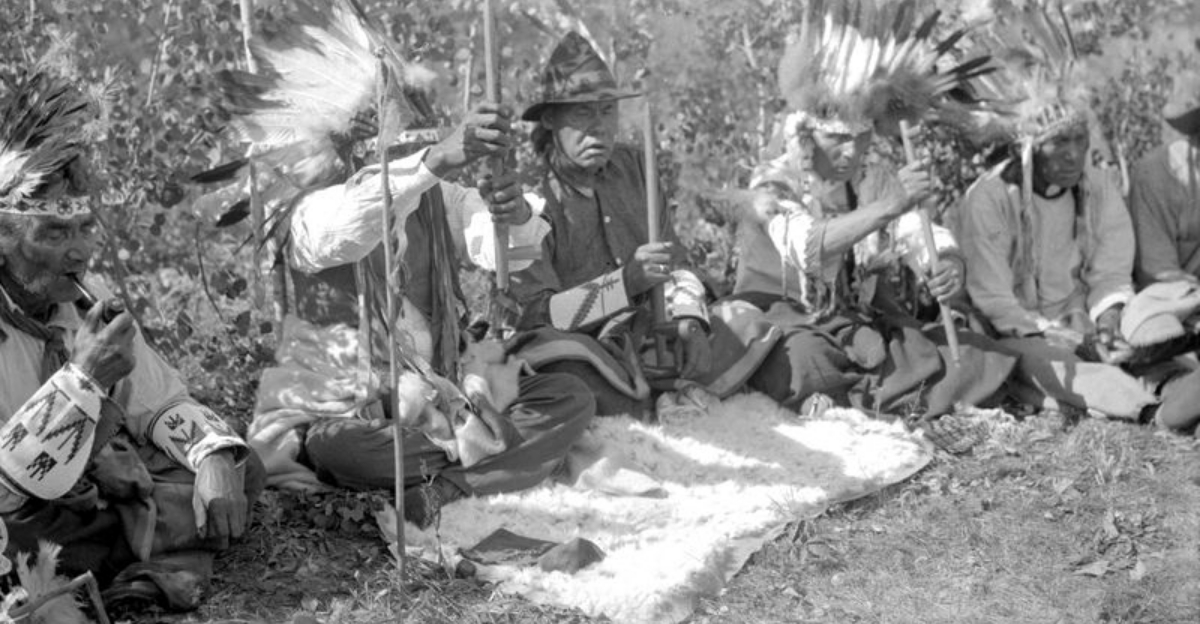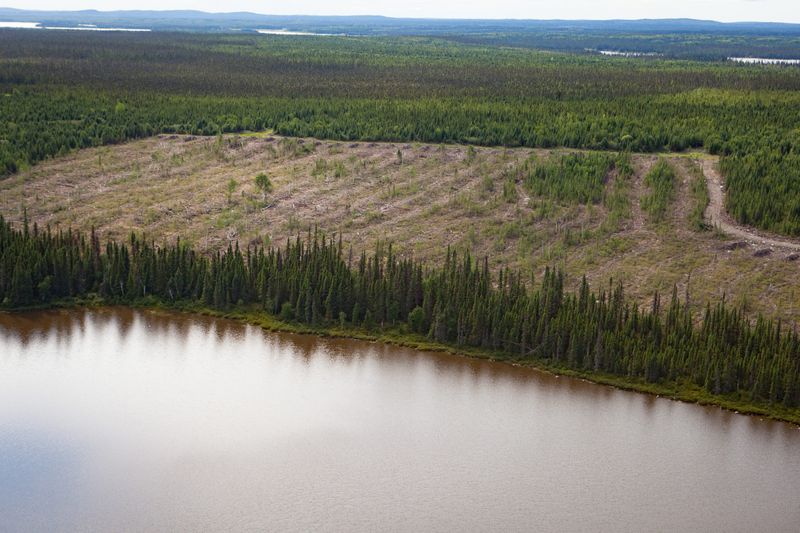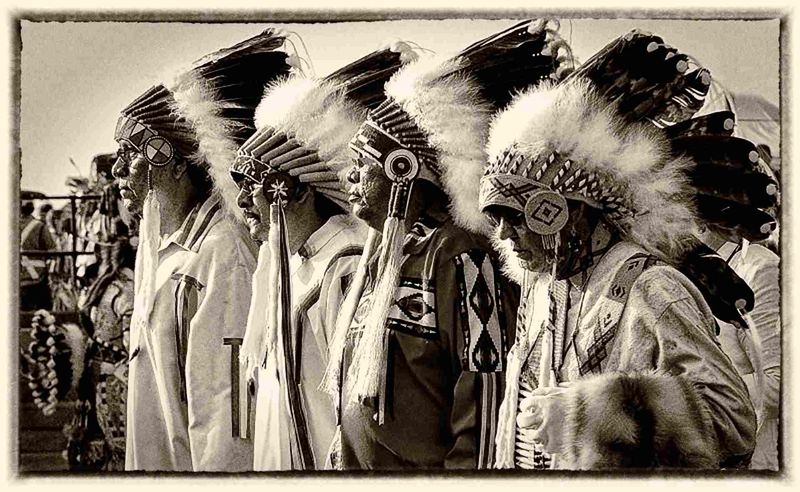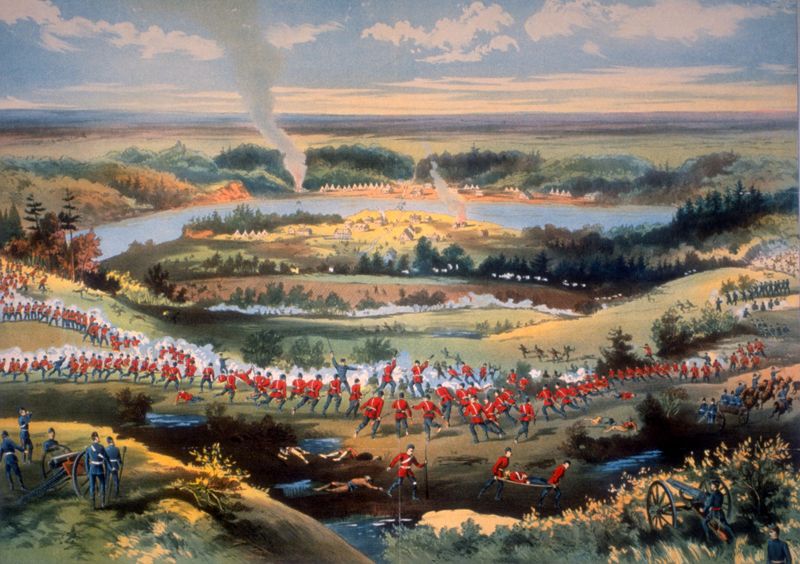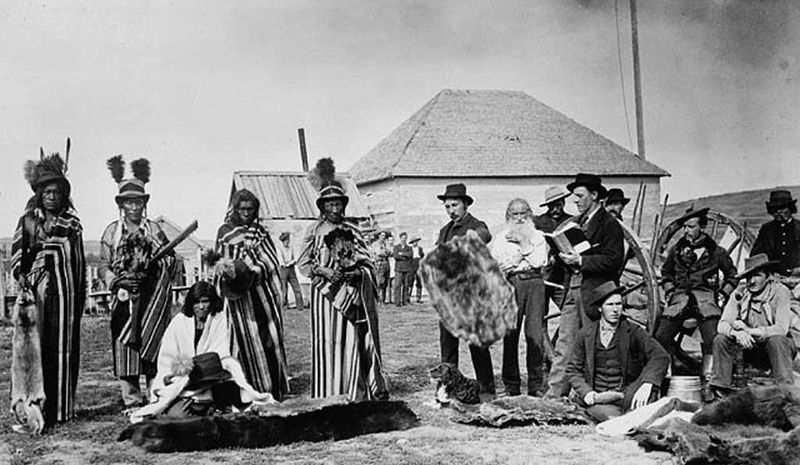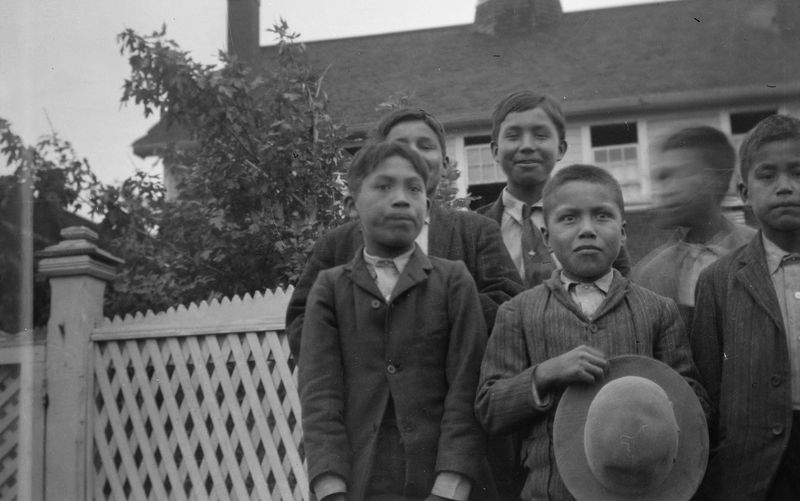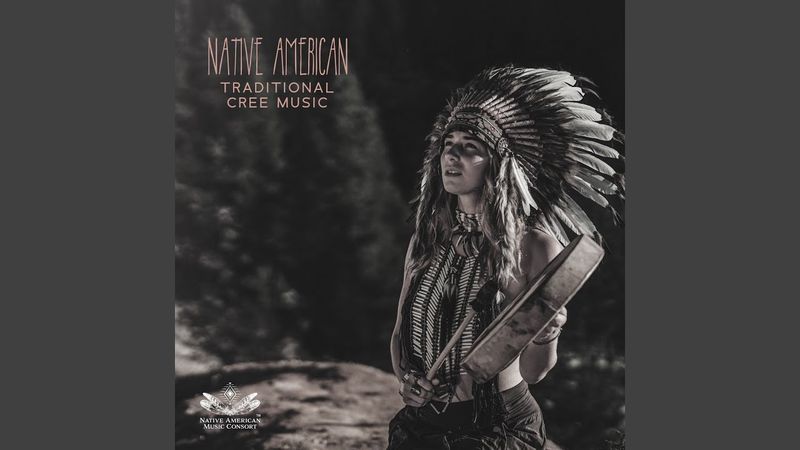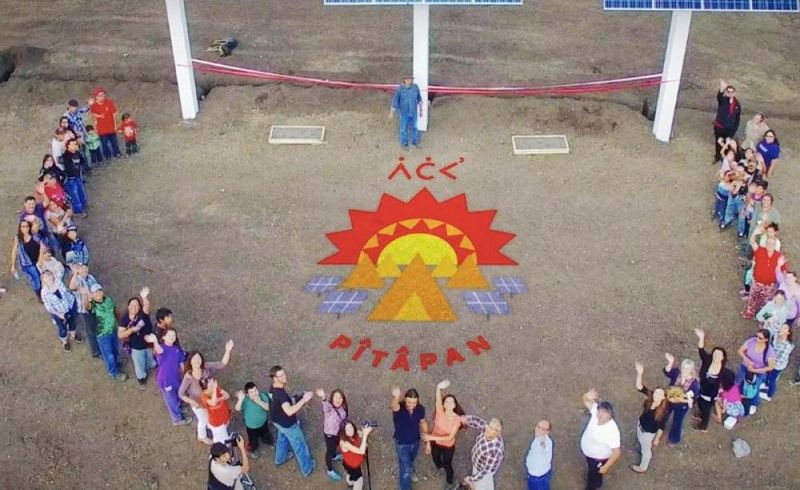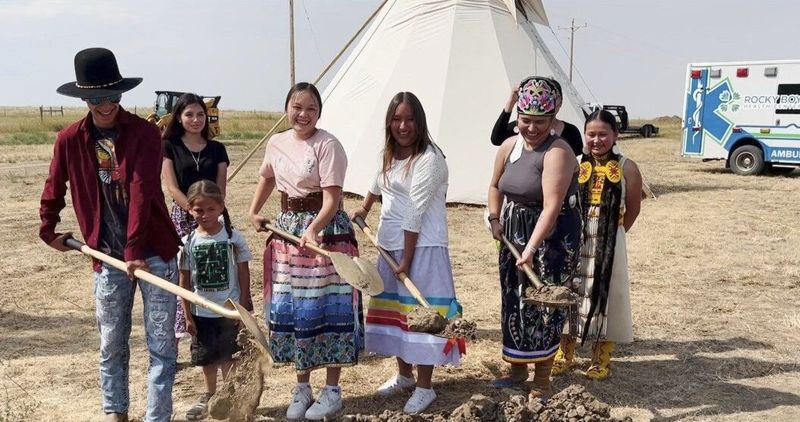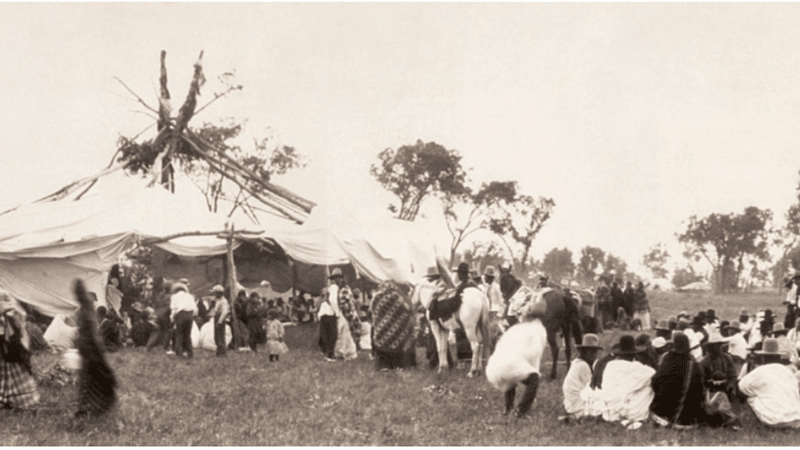The Cree are a resilient and vibrant Indigenous group whose history and culture have thrived despite centuries of colonization and challenges. With communities stretching from Alberta to Quebec, the Cree have been integral to the fabric of Canadian history. Their language, traditions, and stories continue to inspire and educate future generations.
1. One of the Largest Indigenous Groups in North America
The Cree’s vast presence in North America is a testament to their enduring strength and adaptability. They are counted among the largest Indigenous groups, with communities spread from the expansive prairies of Alberta to the picturesque landscapes of Quebec.
The geographical diversity of their communities highlights a rich cultural tapestry. These regions are not just places on a map; they echo with stories of resilience and tradition.
The Cree’s ability to thrive across different environments speaks to their deep knowledge of the land and their tenacity in preserving their heritage.
2. They’ve Been on the Land for Over 10,000 Years
The Cree’s history stretches back over 10,000 years, a legacy woven into the very fabric of North America’s boreal forests and plains. Their presence is not just a historical footnote but a living testament to their deep connection with the land.
The knowledge of flora and fauna passed down through generations has been crucial for survival in these environments.
Their ancient roots and cultural heritage are evident in their land-based practices and spiritual beliefs, which continue to influence their way of life today.
3. Their Language Is Still Spoken Today
Despite the pressures of colonization, the Cree language, known as Nehiyaw, is alive and thriving. Spoken by tens of thousands, it stands as a resilient beacon of Cree identity and cultural preservation.
The language is not only a means of communication but a repository of cultural knowledge and tradition.
Efforts to revitalize and maintain Nehiyaw include educational programs and community initiatives, allowing younger generations to learn and cherish their linguistic heritage. This linguistic vibrancy ensures the Cree culture continues to flourish in modern society.
4. They Fought Back Against Colonial Forces
The Cree’s history is marked by their resistance to colonial forces, showcasing their courage and determination to preserve their culture and way of life. From early fur trade negotiations to opposing repressive governmental policies, they have stood firm.
Their peaceful and sometimes forceful resistance has been instrumental in maintaining their cultural integrity.
This legacy of resistance is not just a chapter in the past but continues to inspire modern Cree communities in their ongoing struggles for rights and recognition.
5. The Cree Played a Key Role in the Fur Trade
The Cree were masterful traders and negotiators, playing a vital role in the fur trade that shaped the history of early Canada. Their relationship with both the Hudson’s Bay Company and French traders was foundational.
These interactions were not merely transactions but exchanges that influenced cultural and economic landscapes.
The Cree’s adeptness at navigating these complex networks ensured their communities thrived economically while maintaining cultural traditions. Their pivotal role in the fur trade highlights their strategic acumen and adaptability.
6. Their Culture Is Rich With Spiritual Traditions
The spiritual traditions of the Cree are profound, emphasizing the interconnectedness of all living things. Ceremonies such as the sweat lodge and powwow are not merely rituals but expressions of a worldview that honors the sacredness of nature.
These practices foster community bonds and provide spiritual guidance, serving as anchors in Cree cultural identity.
By embracing spiritual traditions, the Cree continue to nurture their relationship with the land and each other, reinforcing values that have been passed down through generations.
7. They Survived the Residential School Era
The residential school era was a dark chapter, yet the Cree emerged resilient, determined to heal and reclaim their heritage. Many children were separated from their families, enduring hardships intended to erase their identity.
Survivors have become leading figures in community healing efforts, embracing their past to shape a vibrant future.
Their stories of survival and resilience form a powerful narrative of strength and healing. Through initiatives aimed at preserving Cree culture and history, they ensure that past injustices become a catalyst for growth and empowerment.
8. Their Art and Music Are Thriving
Cree art and music are flourishing, with artists gaining global recognition for their contributions. Traditional beadwork, quill art, and contemporary music and film reflect the rich tapestry of Cree creativity.
Artists like Buffy Sainte-Marie, who is of Cree heritage, have brought Indigenous voices to global stages, influencing music and art worldwide.
The vibrancy of Cree cultural expression not only preserves traditional art forms but also adapts to modern mediums, ensuring that Cree voices continue to resonate in new and engaging ways.
9. They’re Fighting for the Land—Still
The Cree remain at the forefront of environmental and Indigenous rights movements, continually advocating for land protection and stewardship. Their involvement in pipeline protests and land claims reflects an enduring commitment to safeguarding their ancestral lands.
These efforts resonate beyond their communities, inspiring broader environmental movements.
The Cree’s activism is not just a fight for land but a broader struggle for justice and recognition. Through their unwavering dedication, they highlight the importance of protecting natural resources for future generations.
10. Their Youth Are Leading a Cultural Revival
Young Cree leaders are spearheading a cultural revival, passionately reviving language, traditions, and teachings. Through platforms like TikTok, they share content in Cree, inspiring peers and promoting linguistic diversity.
Immersion schools and land-based learning programs are pivotal in these efforts, fostering a deep connection to their heritage.
The energy and creativity of Cree youth are vital in bridging generations, ensuring that cultural legacies are celebrated, cherished, and carried forward with pride and innovation into the future.
11. They Hold One of the Largest Self-Government Agreements in Canada
The James Bay and Northern Quebec Agreement marked a significant milestone for the Cree in terms of self-governance and control over their lands. This agreement is not just a legal document but a testament to Indigenous sovereignty and resilience.
It granted Cree communities significant authority over their resources, allowing them to shape their economic and social futures.
This landmark agreement highlights the Cree’s dedication to self-determination and serves as an inspiration for other Indigenous groups seeking autonomy and recognition in Canada.
12. Their Stories Are Being Told Worldwide
Cree stories are reaching global audiences through books, films, and documentaries, reshaping the narrative around Indigenous history. These stories are not mere tales of survival but celebrations of power and perseverance.
Authors and filmmakers from the Cree community are bringing their unique perspectives to a wider audience, fostering understanding and empathy.
By sharing these stories, the Cree are not only preserving their heritage but also ensuring that it resonates worldwide, inspiring future generations to embrace and celebrate their rich cultural legacy.
